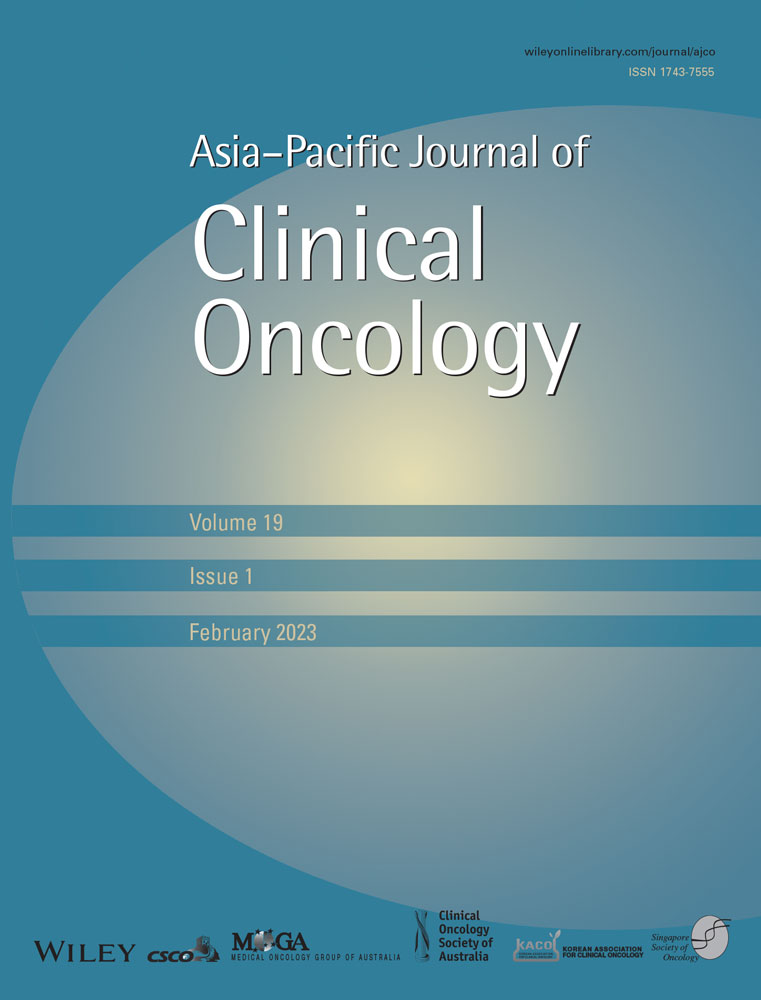Novel color fluorescence imaging for sentinel lymph node detection in oral and oropharyngeal cancer
Abstract
Aim
Fluorescence imaging (FI) using indocyanine green (ICG) is a noteworthy alternative technique for sentinel lymph node (SLN) detection without radiation exposure in oral cavity and oropharynx cancer. However, conventional FI is monochrome, so the visibility is limited. This study assessed whether color FI using the HyperEye Medical System (HEMS) is feasible as an alternative for SLN detection.
Methods
Patients with previously untreated cT1-2N0 oral or oropharyngeal cancer who were to undergo primary tumor resection and elective neck dissection (END) in our hospital were enrolled from November 2012 to March 2016. The patients underwent SLN detection for biopsy via the HEMS following the injection of ICG solution around the primary lesion before neck dissection. The visibility and the diagnostic accuracy of the imaging were evaluated.
Results
SLNs were visualized in all eight cases; however, transcutaneous fluorescence detection was not observed in all cases. Utilizing color mode imaging simplified harvest by clearly discriminating SLNs from surrounding structures, while the monochrome mode proved to be more sensitive for detection. Two cases showed occult metastases on both sentinel and regional nodes. The identification and false negative rates were 100% and 0%, respectively. There were no complications incurred due to this method.
Conclusion
Our results suggest that color FI with the HEMS allows for the accurate and safe harvest of SLNs with a preparatory skin incision. Although there is room for improvement of sensitivity, this easy-to-handle procedure might provide the potential to expand the role of the ICG method for SLN detection in head and neck cancer.
CONFLICT OF INTEREST
The authors declare no potential conflicts of interest.
Open Research
DATA AVAILABILITY STATEMENT
The data that support the findings of this study are available upon request from the corresponding author. The data are not publicly available due to privacy or ethical restrictions.




